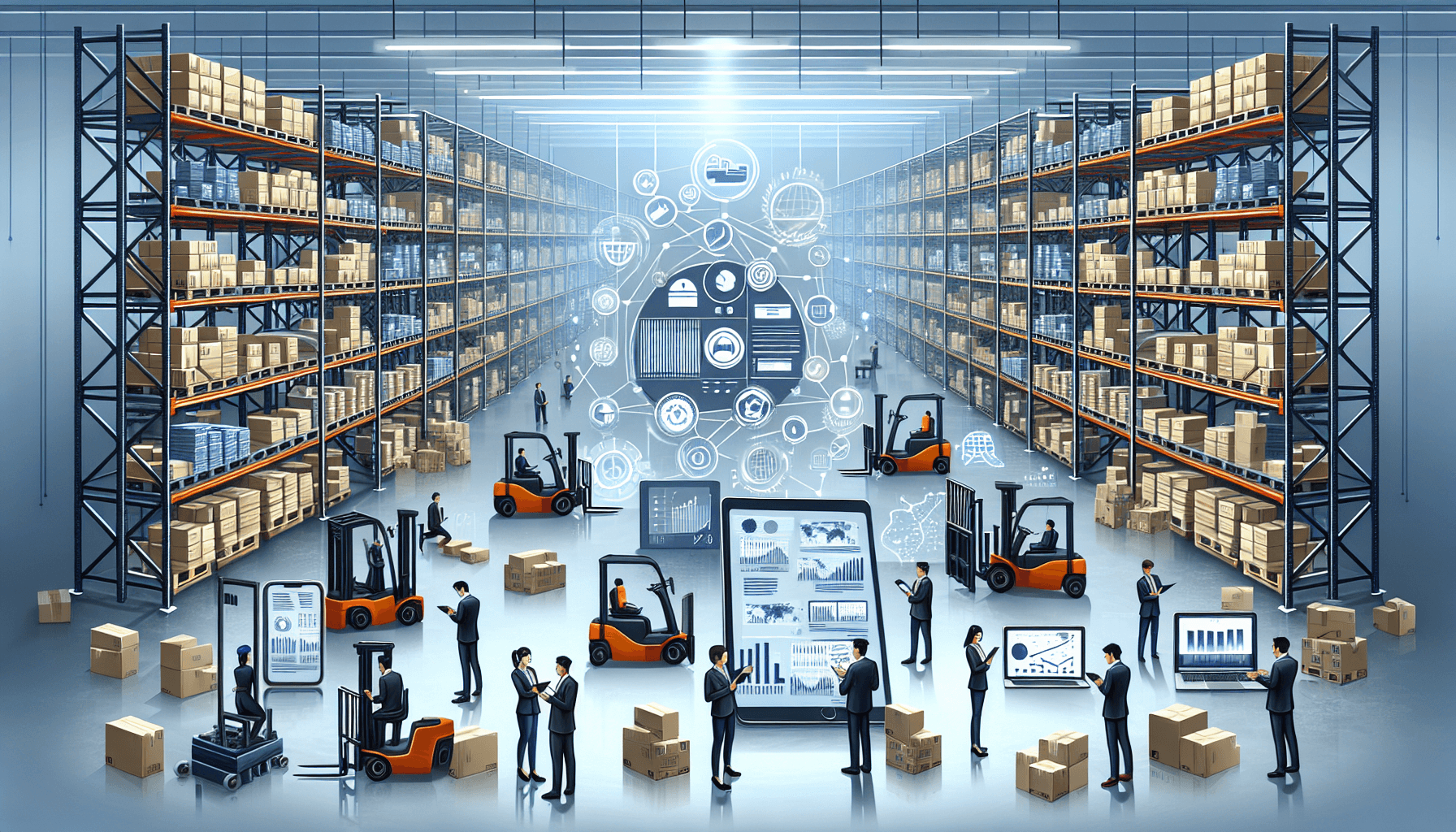In today’s competitive business landscape, optimizing warehouse operations is crucial for success. Warehouse cost analysis plays a vital role in identifying areas of improvement and implementing effective strategies to enhance safety, productivity, efficiency, and cost-effectiveness. By conducting a comprehensive analysis of the various cost factors associated with warehouse operations, businesses can make data-driven decisions and achieve substantial savings.
The Importance of Warehouse Cost Analysis
Warehouse cost analysis is the process of examining and evaluating the different costs involved in running a warehouse. It provides valuable insights into the financial aspects of warehouse operations, allowing businesses to identify inefficiencies, eliminate wasteful spending, and maximize profitability. By understanding the true cost of warehouse operations, companies can optimize resource allocation, reduce expenses, and improve overall performance.
When conducting warehouse cost analysis, it is essential to consider both direct and indirect costs associated with warehouse operations. Direct costs include labor, facility maintenance, equipment, utilities, and insurance. Indirect costs encompass factors such as inventory carrying costs, order fulfillment, transportation, and technology expenses.
Warehouse cost analysis allows businesses to gain a comprehensive understanding of the factors driving their warehouse expenses. It provides insights into cost patterns, trends, and areas of potential improvement. By analyzing these costs, companies can optimize their operations, streamline processes, and reduce unnecessary expenditures.
Key Components of Warehouse Cost Analysis
When conducting a warehouse cost analysis, several key components need to be considered:
- Labor Costs: Labor costs are often the most significant expense for warehouse operations. Analyzing labor costs involves evaluating wages, employee productivity, overtime expenses, and workforce optimization. By identifying additional training needs, reallocating resources, or implementing automation technologies, businesses can optimize labor costs and improve efficiency.
- Inventory Carrying Costs: Inventory carrying costs refer to the expenses associated with holding inventory in a warehouse. This includes costs such as storage space, handling, insurance, obsolescence, and depreciation. By analyzing inventory turnover rates, businesses can identify slow-moving or obsolete inventory and implement strategies to minimize carrying costs.
- Facility Costs: Facility costs include expenses related to the physical warehouse space. These costs can include rent or mortgage payments, property taxes, utilities, maintenance, and security. Conducting a thorough analysis of facility costs can help identify opportunities for energy efficiency, space optimization, and cost reduction.
- Transportation Costs: Transportation costs play a significant role in warehouse expenses, especially for businesses that handle inbound and outbound shipments. Analyzing transportation costs involves evaluating freight rates, carrier performance, route optimization, and fuel expenses. By identifying cost-effective transportation solutions and optimizing delivery routes, businesses can reduce transportation costs and improve overall supply chain efficiency.
- Technology Costs: Technology plays a crucial role in modern warehouse operations. Analyzing technology costs involves evaluating expenses related to warehouse management systems, barcode scanners, inventory tracking software, and other technological tools. By assessing the ROI of technology investments, businesses can optimize their technology expenses and leverage innovative solutions to streamline warehouse processes.
The Benefits of Warehouse Cost Analysis
The benefits of conducting warehouse cost analysis are numerous:
- Identifying Cost Saving Opportunities: Warehouse cost analysis helps businesses identify areas where costs can be reduced or eliminated. By finding cost-saving opportunities, companies can improve their bottom line and increase profitability.
- Optimizing Resource Allocation: Analyzing warehouse costs allows for a more efficient allocation of resources. Businesses can identify underutilized equipment, optimize labor allocation, and streamline inventory management to minimize waste and improve productivity.
- Driving Continuous Improvement: Warehouse cost analysis promotes a culture of continuous improvement. By regularly assessing costs and identifying areas for improvement, businesses can implement changes and drive ongoing enhancements in warehouse operations.
- Enhancing Customer Satisfaction: By optimizing warehouse operations through cost analysis, businesses can improve order accuracy, reduce delivery times, and enhance customer satisfaction. Satisfied customers are more likely to become repeat customers and advocate for your brand.
- Gaining Competitive Advantage: Warehouse cost analysis enables businesses to gain a competitive edge by optimizing operational efficiency and reducing costs. This allows for more competitive pricing, improved service levels, and a strengthened market position.
Warehouse cost analysis is a critical process for any business looking to optimize their warehouse operations and improve their financial performance. By considering the various cost components and analyzing data-driven insights, companies can make informed decisions, drive continuous improvement, and achieve significant cost savings. By partnering with a reputable expert like HCO Innovations, businesses can leverage their expertise and technology to conduct accurate and comprehensive warehouse cost analyses that yield impactful results.

